Baharat
This post may contain affiliate links. See my disclosure policy.
An authentic and versatile spice blend, this homemade Baharat recipe is quick and easy to make and serves as a wonderful all-purpose Middle Eastern seasoning blend that will bring life and flavor to your food!
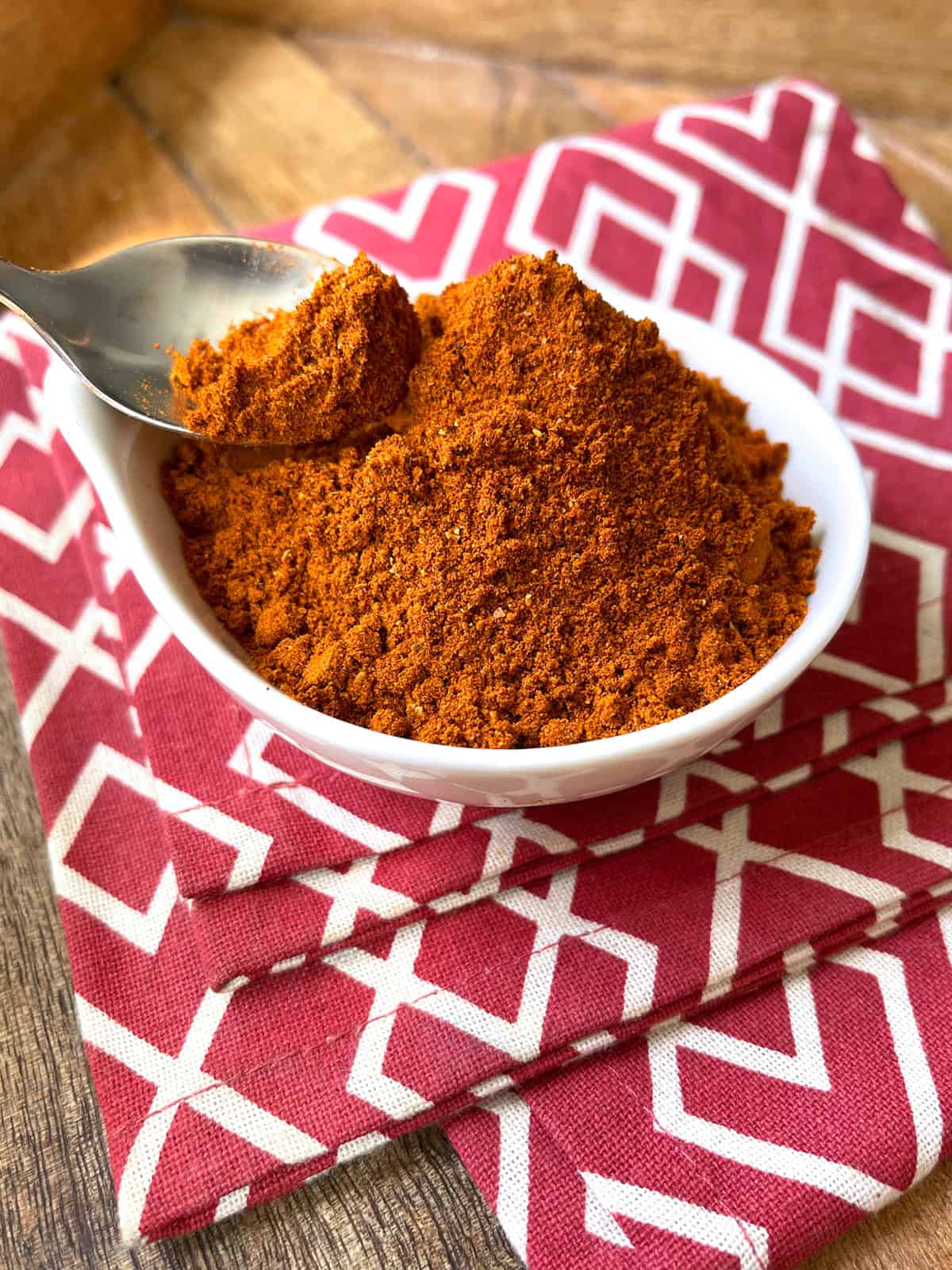
What is Baharat?
Baharat, Arabic for “spice”, is a special an all-purpose spice blend widely used in Middle Eastern cuisine. Just a pinch of Baharat spice adds depth and flavor to sauces, soups, grains, vegetables, stews and meat. Middle Eastern food is phenomenal. Those of you who have taken the time to explore the various cuisines of the Middle East will agree. I have spoken to many people who say they would love to be able to make authentic Middle Eastern food at home, but are intimidated by some of the recipe ingredients, such as Baharat. What is it? What’s in it? Where can you find it?
Unless you have a Middle Eastern store in your area or order it online, this spice blend can be challenging to find. However, as with any spice blend, it makes such a difference in the flavor outcome of your dish when you make it fresh in your own kitchen anyway. So I’m going to share my baharat recipe with you so that you can use it to make phenomenal tasting, authentic Middle Eastern food right at home!
Baharat Spice Ingredients
I use and recommend whole spices for making baharat. For maximum flavor, there is simply no comparison between using pre-ground and toasting and grinding your own whole spices. Here are the spices you will need to make this baharat seasoning blend:
- Black peppercorns
- Cumin seeds
- Coriander seeds
- Whole cloves
- Cardamom seeds
- Paprika
- Ground cinnamon
- Ground nutmeg
Baharat Recipe
To make baharat heat a small skillet over medium-high heat, make sure it’s completely dry, and toast the whole spices until they become very fragrant, about 3-5 minutes, stirring regularly to prevent scorching (this will make them bitter). Transfer the toasted spices to a bowl and allow them to cool completely before grinding them in a spice or coffee grinder along with the paprika, cinnamon and nutmeg.
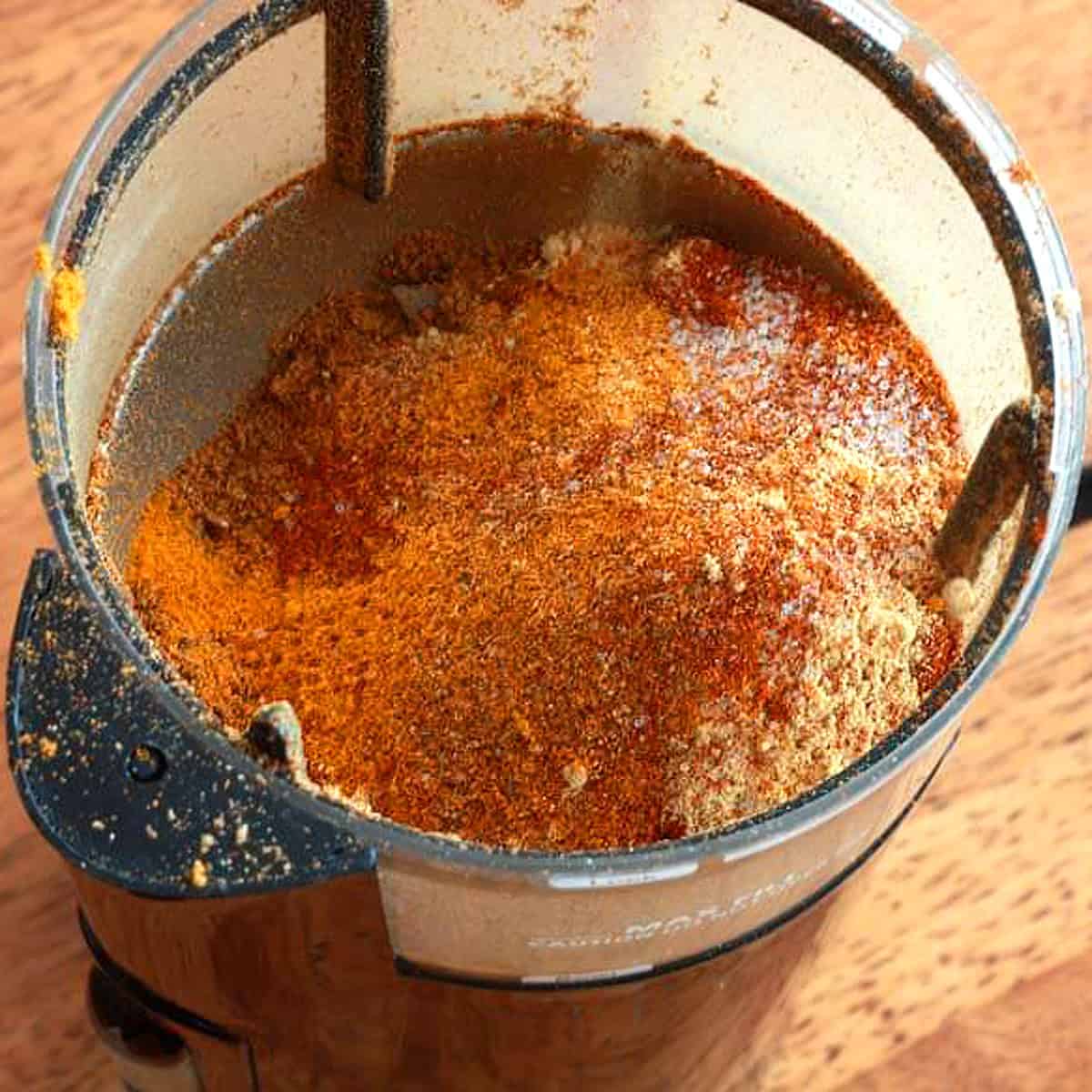
Keep your baharat spice stored in an airtight glass jar.
It will keep for several months for the best, most potent flavor, use it within 3 months.
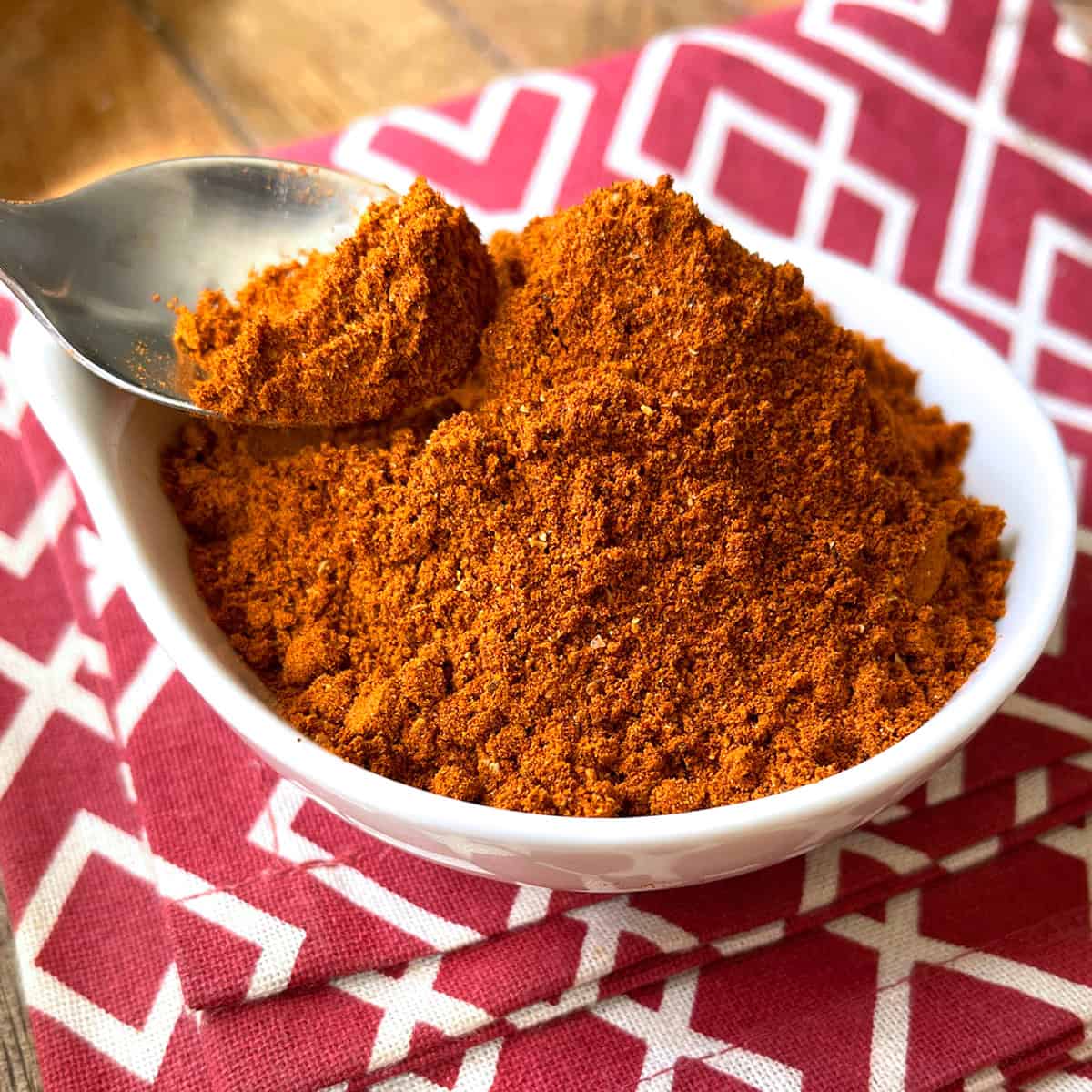
Two delicious and authentic Middle Eastern dishes that call for Baharat spice that I think you’ll love are:
Koshari, the national dish of Egypt.
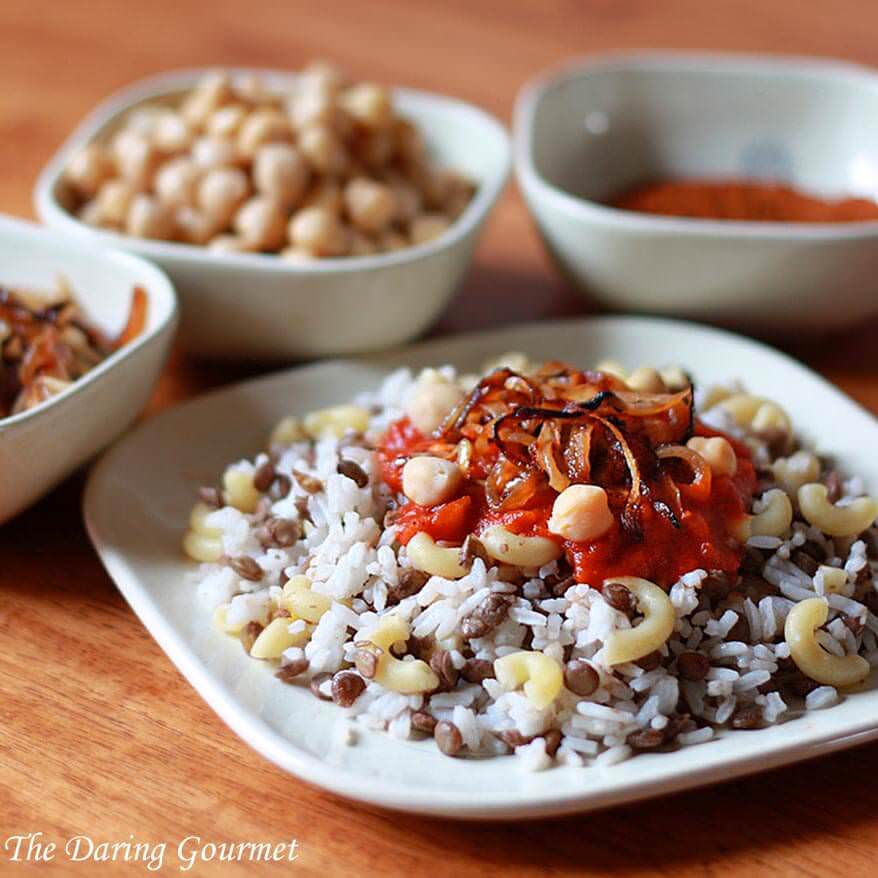
Chicken Machboos, the national dish of Bahrain.
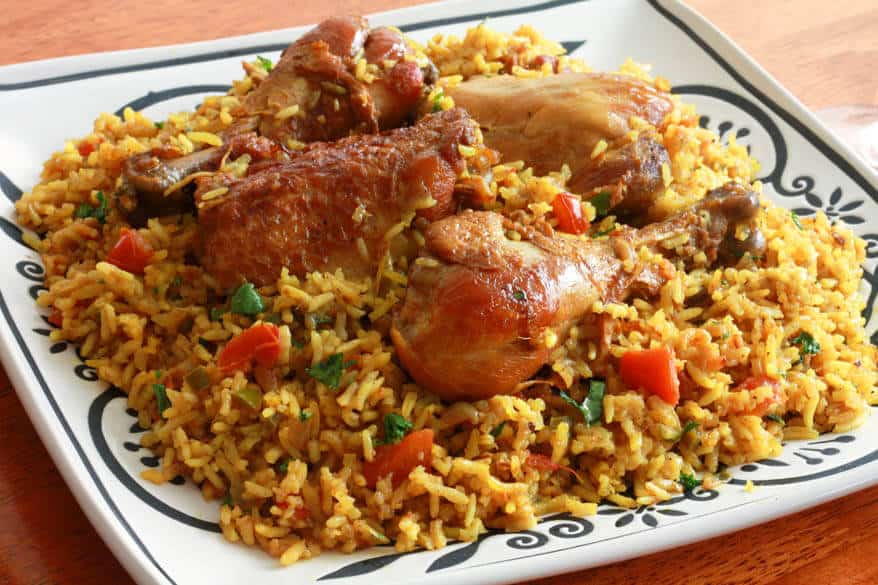
For more seasoning blends from around the world try my:
- Za’atar
- Dukkah
- Chili Powder
- Montreal Steak Seasoning
- Chinese Five Spice
- Greek Seasoning
- Shichimi Togarashi
- Old Bay Seasoning
- Curry Powder
- Garam Masala
- Sazon Seasoning
- Creole Seasoning
- Old Bay Seasoning
- Jamaican Jerk Seasoning
- Berbere
- Panch Phoron
- Mixed Spice
Save This Recipe
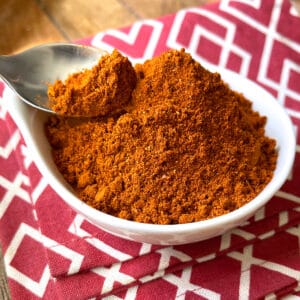
Baharat
Equipment
Ingredients
- 1 tablespoon black peppercorns
- 1 tablespoon cumin seeds
- 2 teaspoons coriander seeds
- 1 teaspoon whole cloves
- 1/2 teaspoon cardamom seeds
- 1 1/2 tablespoons paprika
- 1 teaspoons ground cinnamon
- 1/4 teaspoon ground nutmeg
Instructions
- Heat a small skillet over medium-high heat and dry roast the whole spices/seeds (set aside the paprika, cinnamon and nutmeg) until they become very fragrant, about 3-5 minutes, tossing regularly to prevent scorching. Transfer them to a bowl and allow them to cool completely before grinding them in a spice or coffee grinder along with the paprika, cinnamon and nutmeg. Keep stored in an airtight glass jar.
Nutrition
Originally published on The Daring Gourmet June 17, 2013
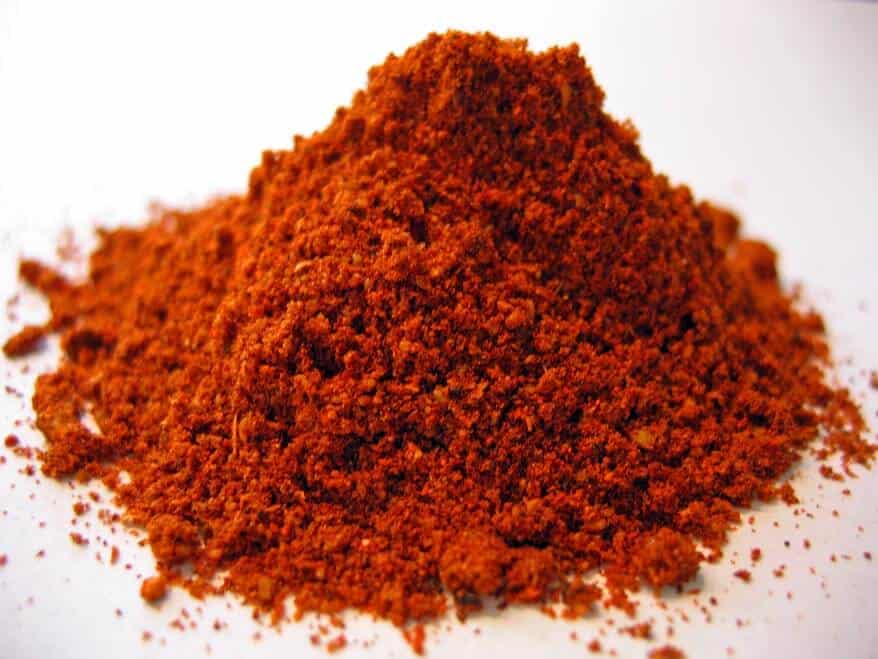



















Green or black cardamom?
Green.
Do you use the whole cardamom pod, or open it up and just use the seeds?
Hi Jeanne, you just use the seeds and discard the pod.
Don’t discard the cardamom pod, it has so much flavor in it.
Add it to water that you boil for Indian/Yemeni chai/tea
Hi. I just picked up this spice and was delighted to find out how to use it. Just picked up lamb chops also!!
Used this Baharat Blend from Kroger (of all places). I was making Lamb Chops, and I had just read your posting, so I mixed it with salt & pepper, and used it for a rub. And then just a pinch in a orzo/spinach/feta cheese side dish. Everyone loved the meal even more than before. I can’t wait to experiment with this new spice blend for me. Thanks for the information.
Hi Kimberly. I mixed this yesterday and used some of it to bake a bread. Just wonderful! Thank you.
Hi Adina! That’s fantastic, I’m so glad you enjoyed it, thank you!
When you say “set aside” do you mean add the spices to the seeds after 3-5 mins of dry roasting?
How long do the spices need to be dry roasted for after adding to the seeds?
Hi Dan, meaning you don’t dry roast the ground spices, only the whole spices. So dry roast the whole spices, let them cool completely, then grind them along with the other spices.
Hi. Thanks ever so much for this receipe, as i couldnt find it anywhere & us belly dancers went to Egypt together in April & having a get together & I’m making Koshari. Thanks again
This is great. I’m looking for ways to substitute spice blends for salt. I have heard that some baharat recipes have sumac and saffron. How would I find out what the ratio of these are to your recipe?
Hi Greg, there are no set ratios, everyone makes their blends differently. So it would just be a matter of experimenting to determine what ratio you like.
Hi Kim, i think Iraqi biryani is another version of Baharat. Maybe it will be same cause its also a middle east dish. Anyways love to experiment and keep experimenting. Loved it!!
Awesome, I’m so glad you liked it, Emile, thank you!
Sounds more Indian that middle eastern
There is a lot of overlap, Su.
What is the difference between Mixed Syrian Spices and Baharat?
Hi Harry, I’m not familiar with the first term but when I did an online search using that term it seems to be synonymous with baharat. So it appears they’re the same thing (or at least similar), and that “Mixed Syrian Spices” is simply the Anglocized term for Baharat.
I was so glad to see your recipe for baharat. Many of the other recipes I have read call for considerably more nutmeg and cloves and it really overpowers the other flavors. This seems more balanced.
Hi Jane! Yes I experimented with various ratios and am very pleased with this balance, I think you’ll enjoy it.
can you make this spice blend with the ground forms of these spices and if so would the amounts be the same?
Thanks, had Koshari for the first time yesterday and loved it. Would love to make my own.
Hi Marcy! Yes, you can. Ground spices are more densely packed than freshly ground, so the quantity won’t be exactly the same, but as long as you use the same ratios of each spice it’ll turn out fine.
Thank you for this great post! Baharat is this month’s featured ingredient in Tasting Jerusalem, our global, virtual cooking community based on the Jerusalem Cookbook by Yotam Ottelenghi and Sami Tamimi. We’d love for you to stop by and share your experiences and recipes from cooking with baharat! Tasting Jerusalem is on Facebook, Pinterest, Instagram, Google+ and on Twitter as #tastingjrslm.
Thank you, Sarene, I’ll come by for a visit! :)
Thank you for posting this. I was doing research on this spice and have record of at least 8 different versions, so it’s nice to have yours. It’s a really nice seasoning. Question: you list cardamom seeds in the ingredients. Should we empty the pods and just use the seeds? Thanks.
You’re very welcome! Yes, I’ve no doubt there are countless versions of this. I experimented with various ratios and this was the final result that I was most happy with. Yes, empty the pods and just use the seeds. The only time I use the pods whole is when making saucy dishes – I allow the cardamom pods to simmer in the sauce and then usually discard them at the end, though that isn’t necessary. I just prefer not to bite down on a whole cardamom pod while eating – they’re pretty potent!
Baharat (Middle Eastern Spice Blend). Make authentic Middle Eastern dishes with the snap of your fingers! http://t.co/FpHlnuSN47